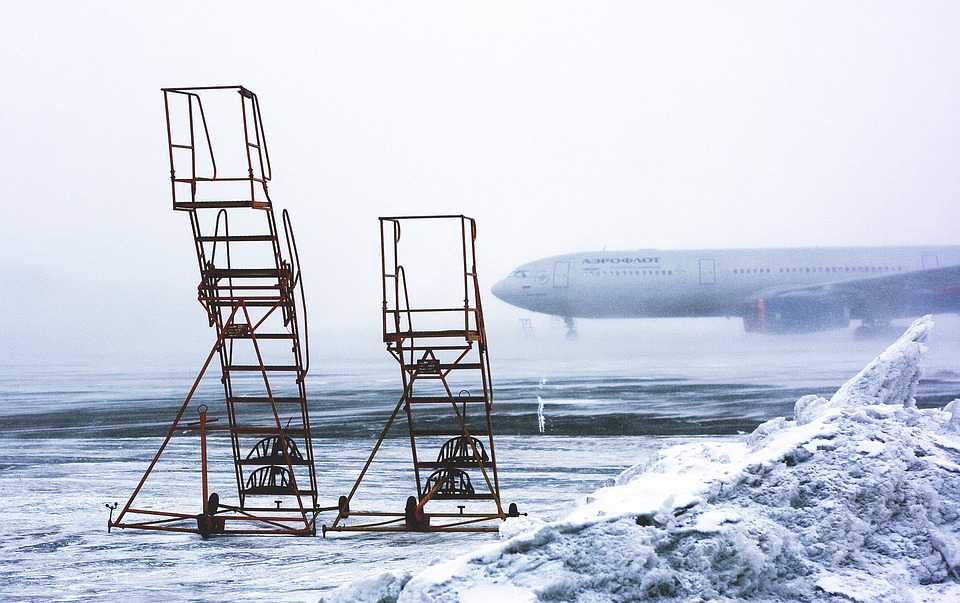Extending aircraft utility in cold weather through Multiphysics Simulation


The market for ice protection and deicing technology is estimated to be in the 100s of millions a year. For large civilian aircraft that need to fly in cold weather conditions, icing is the primary safety concern. For these aircraft Part 23 and Part 25 certification requirements explicitly define the safety regulations for cold weather conditions.
New aircraft programs evaluate multiple strategies early in the design process to determine which methodology will provide the best balance of energy efficiency and safety. Although this is an area of active research, ice projection systems have largely remained unchanged for decades and have focused on bleed air and electrothermal heating elements systems.
For unmanned aerial vehicles (UAVs), particularly for military applications, ice protection systems are largely absent. Ice protection is not a requirement for many applications, however for long duration surveillance missions where one cannot exclude cold weather conditions, lack of ice protection systems can severely limit UAVs utility. Leveraging CFD and FEA simulation methods Kevin Yugulis and the Battelle Memorial Institute have devised a novel strategy to give new life to existing aircraft designs.
This October Kevin and I will discuss the impact of modern simulation methods on improving ice protection. We will highlight simulation of ice accretion with and without ice protecting systems active and the impact of Battelle’s HeatCoat Technology. In addition, we will discuss the use of simulation in the icing certification process.


